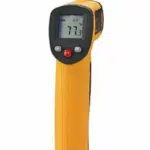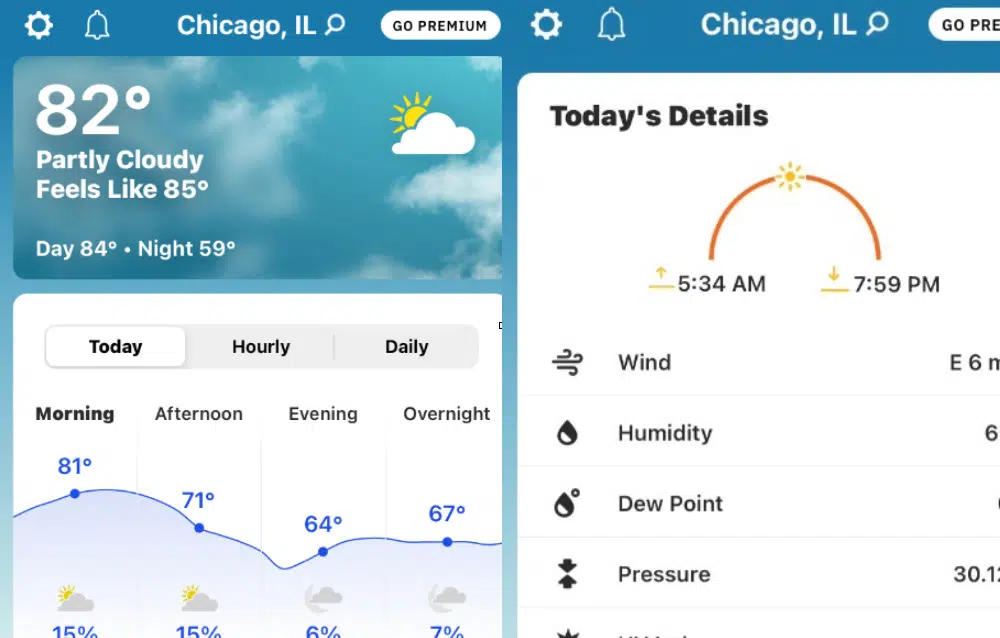The Effects of Weather Variables When Installing Thermal-Chem Products
Installing Thermal-Chem’s portfolio of high-performance concrete coatings can be a very rewarding endeavor. With the expansion of custom colors, glow-in-the-dark flake, and a never-ending pallet with our DecoEssence metallic system, creating a one-of-a-kind floor is now easier than ever. There are however some environmental variables that need to be considered BEFORE the application begins. Consideration of the project’s site conditions must be considered to ensure a successful application, so we will review these.
 Slab Temperature
Slab Temperature
This is fairly straightforward. Most of Thermal-Chem products are designed to be applied on substrates that are at least 50 Degrees F. This is easily checked with an infrared digital thermometer. (shown left)
Material Temperature
When polymer products start to cure, they create heat or are considered exothermic. Make sure that the project materials have had time to properly acclimatize to the slab temperature. If you have just taken material from a hot work truck and bring into an environmentally controlled building, your material will have less working time. We recommend that you use the digital thermometer previously mentioned to obtain the material’s current temperature. 
Ambient Air Temperature
Ambient temperature is quite simply the air on the project. If the space is utilizing an HVAC system, a check of the thermostats will provide this information. If not, you can use your smartphone and an app such as Weather Channel to get the approximate temperature in your area.
Relative Humidity/Dew Point
This reading is usually not considered by many installers but can be the reason for many problems. Dew point is the temperature at which vapor condenses into liquid water. It is a good practice to only install resinous coatings when the ambient (air) temperature is a minimum of FIVE Degrees F above the dew point during the application AND cure. If the ambient reaches the dewpoint condensation will occur, thus leading to a whiteish finish or an oily film (amine blush) left on the surface of the coating. The dew point is another reading you can obtain from your smartphone. The relative humidity is a measurement of the percentage of air that is occupied by water vapor. If the relative humidity is 75%, this means the air is saturated with water. Some coatings such as 100% solids are not nearly as affected by relative humidity as are water-borne coatings, and products with solvents in the formulation such as polyaspartic and polyurethanes.
Rule of Thumb: DO NOT apply a polymer coating when the dew point is within 5 Degrees F of the air temperature
Installing Thermal-Chem products can be a very rewarding endeavor, just make sure you understand the project conditions before beginning.

